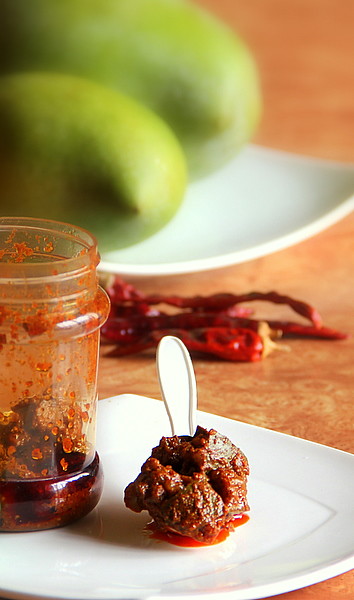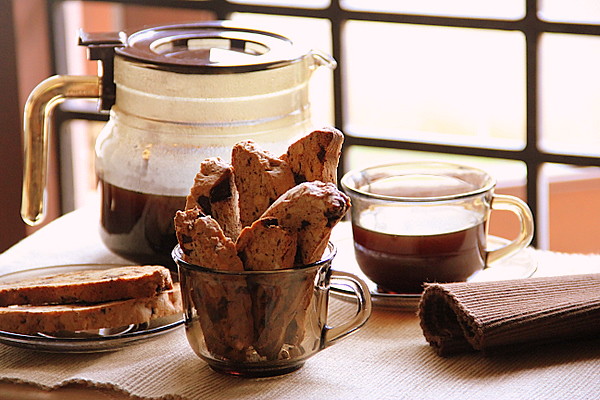While the masala rich non vegetarian gravies top my list of favourites, this mildly spiced side dish, which has its origin from the Christian homes in my native place, goes last.
This was sent over by one of amma's friends in Kottayam while we were holidaying a couple of months back and I managed to get the recipe from her while clicking away the dish.
If you like soft juicy meat all drenched in rich coconut milk with a breezy flavour of spices, then this is for you!
Mutton Stew
You need:
1. Mutton-1/2 kg
Vinegar - 1-2 tsps
Salt
Stock water from the above cooked meat- 1 cup
2. To be sautéed in order:
Coconut Oil - 4 tbsps or 1/4 cup
Cinnamon - a 1 inch piece
Cardamom- 4no
Cloves - 8 nos
Whole black pepper corns-10-12 nos
Big onion- 2 nos, sliced lengthwise
Ginger - a 1/2 " piece, julienned
Garlic cloves- 5, julienned
Green chillies-10-12 nos, slit lengthwise until 3/4th (do not slit apart completely)
Curry leaves- 2 sprigs
Potatoes-3 medium, peeled and cut into 12 cubes in total (each to 4 pcs)
Maida / cornflour-1 tsp
Thick Coconut Milk - 1 1/2 cups
Salt- to taste
Method:
Pressure cook mutton with vinegar, salt and enough water (1 cup +/-) so as to yield 1 cup of stock water after it gets cooked soft.
Heat oil in a pan, add cinnamon,cardamom, cloves, pepper in order and sauté onions till translucent along with ginger and garlic juliennes. Throw in green chillies followed by the curry leaves and sauté for a few more seconds. Pour in the stock water. While it boils add the potato cubes and cook until done. Transfer cooked mutton along with. Simmer for a few more minutes adding maida / cornflour (made a paste with a tbsp of water). Switch off and stir the thick coconut milk gently to combine.Do not boil the curry after this stage as the coconut milk tends to curdle.
Check salt and serve warm with Kerala Appams!
Note:
Always use tender meat which cooks well.You can substitute veal as well.
If you end up with less than stock water than recquired, use water. If you have more of stock water, boil to evaporate the excess while cooking the vegetables (onion, chilles & potatoes).
Or else, add cornflour / maida a little more which would thicken the curry.
Remember, the stew thickens as it cools down.






































